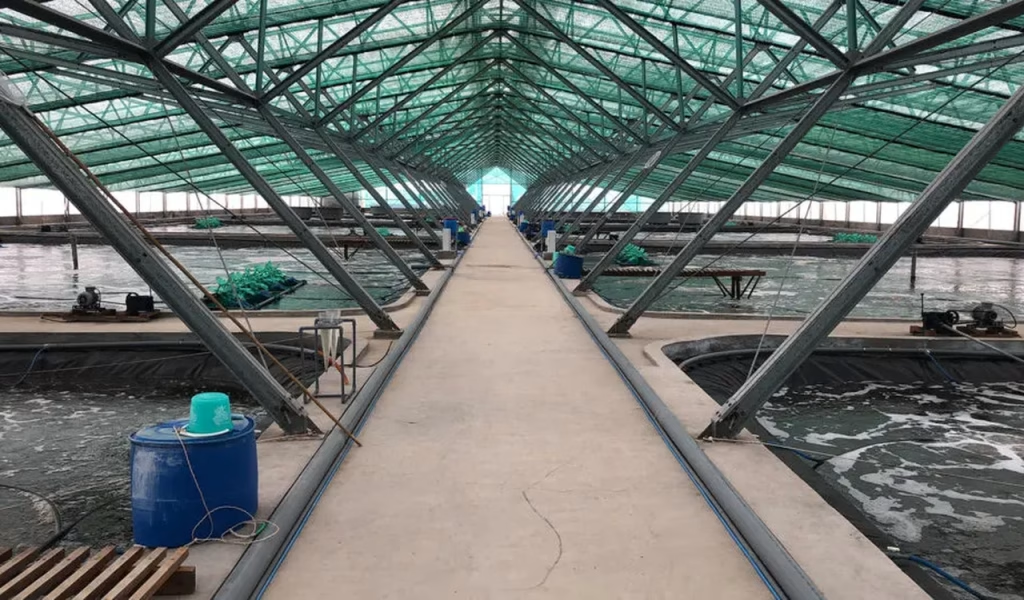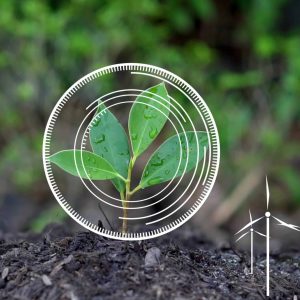Data science and Artificial Intelligence AI is like a smart helper in shrimp farming. It uses computers to collect and study lots of information. This helps farmers make better choices. For example, data science can tell when shrimps need food and how much. This means less food is wasted, and the water stays clean. It also helps farmers know how the shrimps are growing. This way, they can keep the shrimps healthy and grow more of them. Using data science makes shrimp farming better for the earth. It helps use less water and food. This is good because it means there is more food for people and less harm to nature. Shrimp farms can give us food without hurting our planet too much. This is important for everyone’s future.
Harnessing Artificial Intelligence for Eco-Friendly Farming
In the realm of shrimp cultivation, profitability has always been a key motivator. Yet, this sector grapples with significant hurdles such as waste and inefficiency. Enter the transformative power of artificial intelligence (AI), a pivotal force propelling the industry toward efficiency and ecological responsibility. AI’s role in shrimp farming is becoming increasingly indispensable. Through vigilant monitoring and astute management powered by AI, cultivators are able to refine feeding strategies and safeguard the well-being of the shrimp. This leads to a decrease in unnecessary waste, enhancement of feed utilization, and a boost in shrimp yield. Consequently, AI in shrimp farming is instrumental in fostering methods that are not only sustainable but also kinder to our planet, curtailing feed spillage and lessening the strain on our environment. The integration of AI stands as a testament to innovation, steering shrimp farming towards a future where technology and ecology harmoniously coexist.
Simple Steps to Smart Shrimp Farming
In today’s world, shrimp farming is changing. We use computers to help us grow shrimp better. This technology is called Data Science and Artificial Intelligence using a method named Machine Learning. It is like having a smart helper in the farm. This helper using Machine Learning watches the shrimp all the time and collect data over. Then as a result, it can tell if the water is good or bad. It also knows how much food the shrimp need at a time based on conditions. With this smart helper, farmers can have more shrimp. They can also keep the water clean. This is good for the shrimp and the earth. Shrimp farming is now easier and better with this new technology. It is a new time for shrimp farms. Everyone can learn to use this smart helper. It also makes shrimp farming a good job for more people.
Revolutionizing Shrimp Farms with AI Constant Monitoring
Shrimp farming is becoming smarter and more efficient. Thanks to Data Science and Artificial Intelligence, or AI, farmers now have a powerful tool at their fingertips. This technology acts as a constant guardian for the shrimp, monitoring their environment every second of the day. It’s like having an expert on the farm who never sleeps. This expert checks the shrimp signs to make sure it’s just right and healthy enough to live in. The AI uses data science to know how much food and medicine to give. This way, each shrimp grows big and healthy. If there is a problem, the AI knows it fast and can fix it. This smart farming makes sure we have lots of good shrimp to eat. It also keeps the water clean for the shrimp. With AI, shrimp farmers can do a better job with less work.
This smart technology also is not hard to use. In fact, anyone can learn how to work with it because of user-friendliness. It doesn’t matter if you are new to computers or have been using them for a long time. AI in shrimp farming is user-friendly, which means it’s made for everyone. It’s a big step forward for shrimp farms, making it an exciting career choice for many people. With AI, the future of shrimp farming looks bright, and it’s a win for everyone—farmers, consumers, and the planet.
Revolutionizing Farming with AI
The cultivation of shrimp is a crucial global industry, yet it encounters substantial hurdles related to productivity and enduring practices. Subpar feeding routines and neglect of ecological elements can severely impact the yield, health and quality of shrimp production. Inadequate management of farm activities can precipitate a downturn in the health of the shrimp population. The ineffective application of feed coupled with substandard water conditions can lead to excessively murky waters, necessitating regular replacement. Nonetheless, the advent of AI in shrimp farming heralds a significant breakthrough, offering farmers an innovative means to refine and enhance their farming methods. This smart technology is poised to transform traditional practices, leading to more efficient, sustainable, and profitable shrimp farming operations.
Data science in shrimp farming is a game-changer. It uses computers to collect and analyze lots of information about the shrimp and their environment. This helps farmers make better decisions. For example, data science can predict problems before they happen, so farmers can fix them early. This means healthier shrimp and more of them. With data science, shrimp farming is becoming more modern, helping farmers succeed and take care of the earth at the same time.
What is Smart Shrimp Farming
Shrimp farming is a complex task that needs careful attention and smart management. To make the most of modern AI technology, shrimp farmers need tools that give them detailed and immediate information. These tools watch over the shrimp tanks closely, checking on how the shrimp live and eat. They also keep an eye on the water quality and other important details. By using AI in shrimp farming, the farmers can see how healthy their shrimp are. This helps them make the best choices for their shrimp farms. With this smart system, farmers can cut down wastes and keep the production profitability high.

Sustainable Farming with Smart Shrimp Farms
By integrating AI in shrimp farming, cultivators can enjoy a multitude of advantages. These intelligent systems allow for the constant observation of shrimp health and growth, enabling farmers to make swift and educated choices regarding feeding practices. This careful management results in better feed usage, meaning more shrimp grow to a healthy size while less food is wasted.
Moreover, the data gathered by AI systems is incredibly valuable. Over time, this data builds up a comprehensive picture of the shrimp’s well-being and the overall effectiveness of the farming methods. By analyzing this information, farmers can detect patterns and trends, leading to a deeper understanding of the best conditions for shrimp to thrive. This insight is crucial for ensuring the stability and growth of shrimp production year after year. In essence, AI empowers shrimp farmers to sustainably increase their yield, improve the quality of their product, and maintain an environmentally conscious operation.
Data science is a powerful tool in shrimp farming. It helps farmers make smart decisions. With data, farmers learn what is good for the shrimp. They find out the best food, water temperature, and more. Data also shows how to keep the farm safe and less riskful. As a result farmers use less water and fewer chemicals. They grow more shrimp with higher quality.
Smart Shrimp Farming: Data Science’s Role in Boosting Profits
In shrimp farming, using AI and data science can lead to big wins. These tools help farmers make better choices. For example, AI can watch and predict shrimp health. This means farmers can act fast to keep shrimps healthy. Data science can analyze lots of information about water quality and shrimp growth. This helps in making decisions that can lead to more shrimp being raised and sold. By using AI, farms can also save on food and energy costs. This is because AI can suggest the best amounts of food to give and the best ways to use energy. So, AI and data science are like smart helpers for shrimp farmers. They help in growing more shrimp and earning more money, while also saving resources.

Artificial Intelligence (AI) is changing how we grow shrimp in high-density farms. AI helps farmers make smart choices. It can predict the best time to feed the shrimp and check the water to keep it clean. This means healthier shrimp and less waste. AI can also warn farmers if there is a problem, like sick shrimp or bad water. This way, farmers can act fast to fix issues. Using AI, shrimp farming becomes safer and more efficient.
Conclusion
Data science is key in transforming shrimp farming into a high-tech industry. Simple tools collect information on water quality, shrimp health, and growth rates. This data helps farmers make smart choices. For example, they learn the best times to feed the shrimp and how much food to use. Less waste means cleaner water and healthier shrimp. Over time, data patterns show how to make farms better. Farmers can predict problems and stop them before they start. They also learn which methods work best and share this knowledge with others. This way, shrimp farms can grow more shrimp without harming the environment. Data science turns shrimp farms into smart farms, ready for the future.
6:52 PM 6/29/2024













